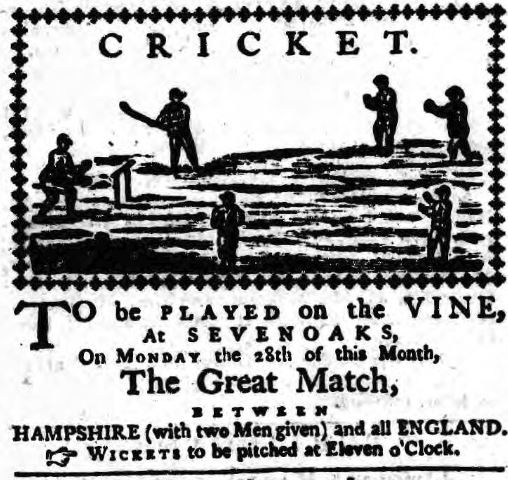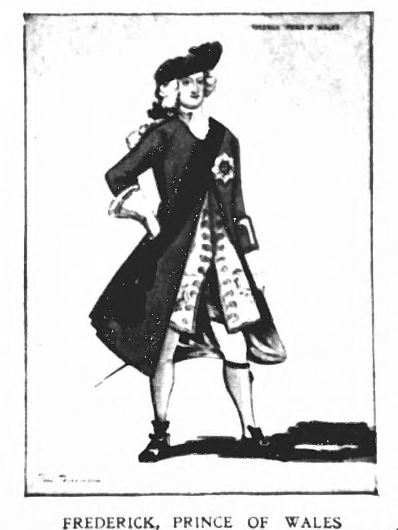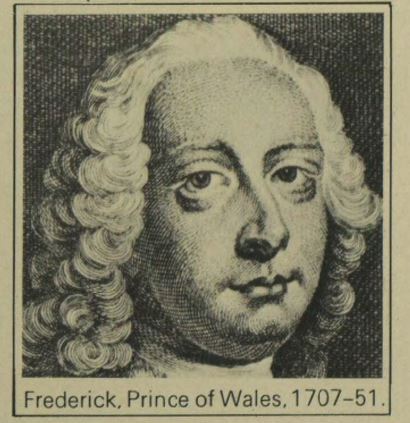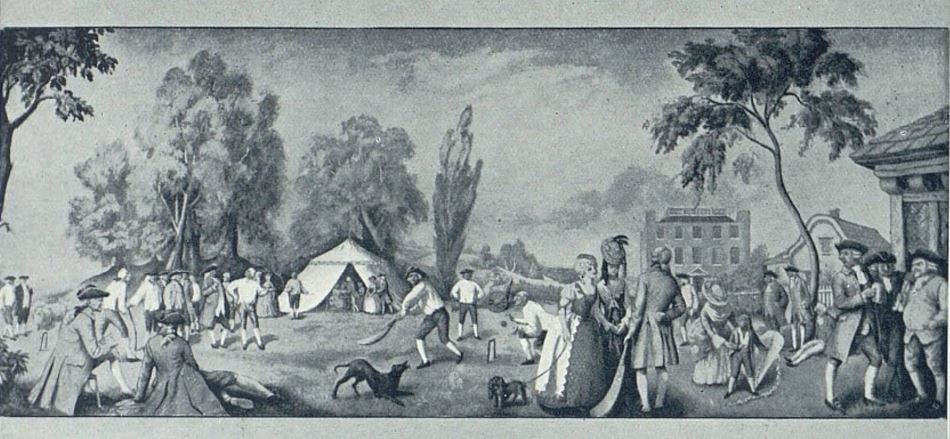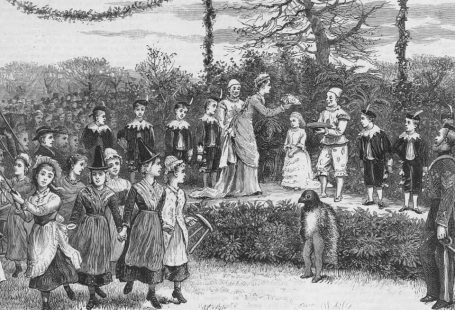Performing a search for cricket in our oldest British Newspaper Archive publications (the Archive’s earliest pages run from 1699) it is possible to discover the fascinating history of the enduringly popular sport. In this special blog we will look at cricket’s early association with royalty, its emergence as a gambling sport, and its inevitable explosion in popularity.
Kentish Gazette | 23 June 1773
An early and passionate advocate for the sport was Prince Frederick of Wales, father of George III, who was popularly thought to have been killed by a cricket ball, but is now thought to have suffered from a fatal pulmonary embolism. In August 1735, he played in a ‘great Match at Cricket’ on Bromley Common, leading a team of Londoners against a team from Kent, which was led by the Earl of Middlesex.
The Derby Mercury reports that although the Earl of Middlesex had arrived at 11 o’clock, ‘the Prince did not come till One o’Clock.’ The match began upon the tardy Prince’s arrival; the Londoners scoring 73 in their first innings, to which Kent replied with 97. The ‘London Gamesters’ could only muster 32 in their second outing, and the Kent team were easily able to chase down this total without the loss of any wickets.
The Prince of Wales appeared to be far from impressed by this result, as his ‘Royal Highness immediately left the Field.’ The match might not have gone in his favour, but it served to cement the popularity of the game with the public. The Newcastle Courant tells of how ‘Several thousand Citizens went this Day both Horseback and Foot, to see the great Cricket Match at Bromley in Kent, between the Prince of Wales and the Earl of Middlesex.’
Illustrated London News | 5 July 1969
Cricket had become quite the spectacle, and if wasn’t enough to have royalty and nobility associated with the sport, the sport had become synonymous with gambling. The match on Bromley Common saw 1000l staked upon it, whilst another match in 1735, this time the Prince of Wales leading Surrey against ‘Esquire Steed and the London club,’ had an even larger sum of 1500l wagered upon it.
With such popularity, the game needed to adapt itself to suit large audiences. With another large match due to take place in 1736 between Kent and Surrey, the same Kent team which had beaten London the previous year, steps were taken to make the Common ‘more commodious to Spectators,’ by forming it into a ring and roping it round, resembling the cricket grounds we know today.
Some of the language describing the sport is not as familiar, however. The Derby Mercury reports on a match between ‘Eleven Gentlemen of London and Eleven Gentlemen of Greenwitch in the County of Kent:’
the London Side went in first, and got 112 Strokes the first Hands; and when the Game was over, London beat Greenwich by 15 Strokes only
Note the use of the word ‘strokes’ instead of ‘runs!’ And elsewhere in the country, cricket games were not just the preserve of princes. No indeed, a rather rambunctious letter in the Caledonian Mercury, October 1726, tells of how a Justice of the Peace was forced to break up a cricket match – as ‘such Games are only Pretences to father a Concourse of disaffected People in order to raise a rebellion’ – and found his two servants taking part.
Of course, the letter writer, one Stephen Foot-Ball (one assumes not his real name), is not of the opinion that cricket matches should be banned in order to preserve public order, instead demanding these following ‘Questions of Importance:’ ‘whether it is lawful to play Cricket in the Country of Kent, and not in that of Essex? Or whether it be lawful on the 5th of September and not on the 10th? On a Monday and not on a Saturday?’
The nation had by the 1730s truly caught the cricketing bug, and it wasn’t just princes and county representatives playing the sport. In Stubbington, Hampshire, a team of bachelors took on a team of married men, and ‘the married men beat the Batchelors most shamefully, to the great Surprize of every Body.’
And a couple of weeks later, in nearby Titchfield, the bachelors took on the married men once more, but ‘the married Men, beat the poor weak Batchelors again, which hath made all the young Man so angry, that we think we shall have nothing else but Cricket Matches all this Summer, and perhaps (if they continue so) all this Winter.’
Cricket in the early eighteenth century, however, was not without its perils, as one Mr Legat, a cooper, found to his detriment in 1731:
On Tuesday Night died Mr. Legat, Cooper, in Basinghall-Street, and a considerable Dealer in Brandy and Rum; who as he was passing over Moorfields in the Whitsun Holidays when some Persons were playing at Cricket, had the Misfortune to be struck with the Ball on the Side of his Nose, which set him a Bleeding more or less till the Day of his Death; when the Bleeding was stopt outwardly he bled inwardly.
You can find out more about the early days of cricket by performing a search for ‘cricket’ on The British Newspaper Archive, and ordering the results by Date (earliest).


